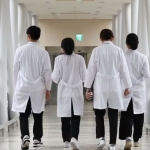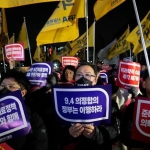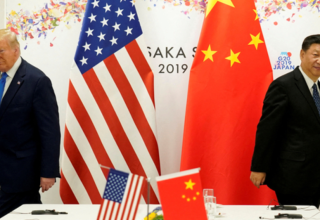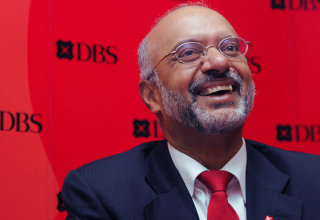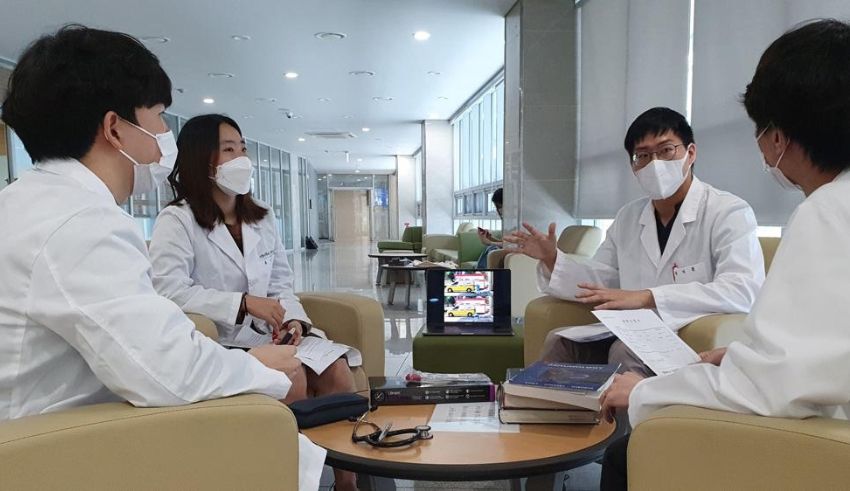
South Korea is facing a serious crisis in its health care system, as thousands of doctors have resigned or threatened to resign in protest against the government’s plan to increase the number of medical students and reform the medical sector.
The doctors say that the plan will worsen the quality and accessibility of health care, and that the government should instead address the issues of low pay, long hours, and poor working conditions. Here is what the plan entails and why the doctors are opposed to it.
What is the government’s plan and what are its objectives?
The government’s plan, which was announced in February 2020, aims to increase the number of doctors in South Korea by 15,000 by 2035, to cope with the rising demand for health care due to the aging population, the Covid-19 pandemic, and the regional disparities. The plan includes:
- Increasing the annual quota of medical students by 4,000, from the current 3,058, starting from 2025.
- Establishing a new public medical school, and expanding the existing public medical schools, to train more doctors for the public sector and the rural areas.
- Reforming the medical insurance system, to reduce the reliance on private hospitals and clinics, and to improve the efficiency and transparency of health care spending.
- Introducing a new licensing exam, to ensure the quality and competence of the doctors, and to prevent corruption and malpractice.
The government says that the plan is necessary and urgent, as South Korea has one of the lowest ratios of doctors to population in the developed world, according to data from the Organisation for Economic Co-operation and Development (OECD), which shows 2.6 doctors per 1,000 people in 2018, compared to the OECD average of 3.5¹. The government also says that the plan will improve the public health and welfare, and will contribute to the economic and social development of the country.
Why are the doctors against the plan and what are their demands?
The doctors, especially the trainee doctors and the specialists, are strongly against the plan, and have staged several strikes and rallies to express their opposition and dissatisfaction. The doctors say that the plan will have negative and detrimental effects on the health care system and the medical profession, such as:
- Creating an oversupply and a mismatch of doctors, which will lower the quality and the standards of medical education and practice, and will increase the competition and the conflicts among the doctors.
- Undermining the autonomy and the dignity of the doctors, who will be subject to more government intervention and regulation, and will face more pressure and scrutiny from the public and the media.
- Worsening the working conditions and the compensation of the doctors, who are already overworked and underpaid, and who will have to bear more costs and risks in their career.
- Ignoring the root causes and the real solutions of the health care problems, such as the low medical fees, the lack of incentives, the unfair distribution, and the poor management of the health care resources.
The doctors demand that the government withdraw or revise the plan, and that it engage in a dialogue and a consultation with the medical community and the relevant stakeholders. The doctors also demand that the government address the issues of low pay, long hours, and poor working conditions, and that it respect and protect the rights and interests of the doctors.
Keep Reading
What are the implications and consequences of the doctors’ protest?
The doctors’ protest has serious implications and consequences for the health care system and the society in South Korea, such as:
- Disrupting and endangering the health care services and the public health, as thousands of doctors have resigned or threatened to resign, causing shortages and delays in the hospitals and the clinics, and affecting the treatment and the prevention of various diseases, including Covid-19.
- Polarizing and dividing the public opinion and the political spectrum, as the government and the doctors have failed to reach a consensus or a compromise, and as the public and the media have taken different sides and perspectives on the issue, with some supporting and some criticizing the doctors.
- Challenging and testing the leadership and the governance of the government, as the government has faced strong resistance and criticism from the doctors and the opposition parties, and as the government has struggled to balance the interests and the expectations of the various groups and sectors in the society.
